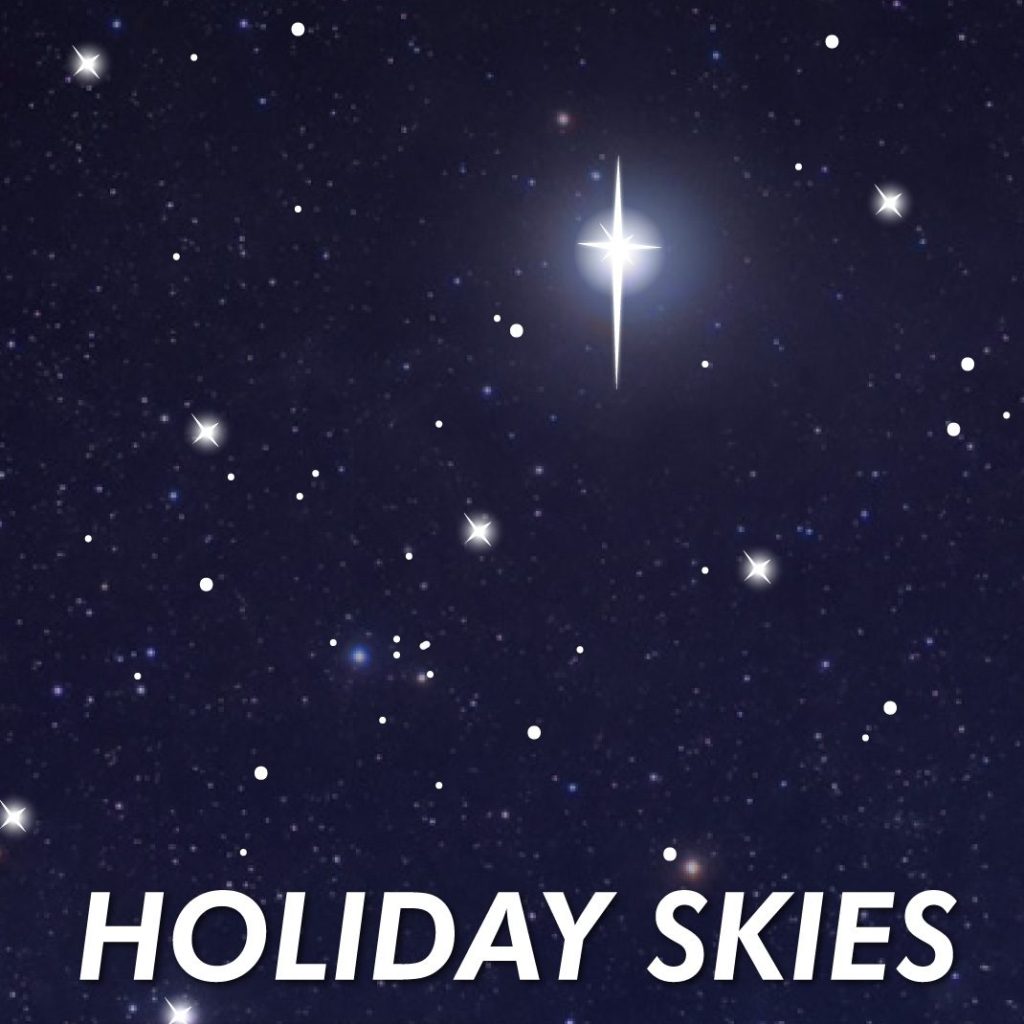
We three kings of Orient are,
Bearing gifts we traverse afar,
Field and fountain, moor and mountain,
Following yonder Star.
O, star of wonder, star of might,
Star with royal beauty bright,
Westward leading, still proceeding,
Guide us to the perfect light.
This familiar carol is just one of many popular references to the “Star of Bethlehem,” or “Christmas Star.” The celestial celebrity is an icon of the Christmas holiday season, appearing in movies, television specials, songs, greeting cards, and more. But what was the true nature of the Star of Bethlehem? Did it even exist, or was it merely a symbol of a significant event, similar to its modern metaphorical use? Perhaps it was a divine creation that defies a logical explanation?
For centuries, astronomers, theologians, and astrologers have tried to answer these questions. In the twentieth century alone, more than 250 scholarly papers analyzed this subject. From a scientific standpoint, the argument is easy if we simply assume that the star’s appearance is metaphorical. However, it is more provocative to envision the appearance as a real event, represented by an actual celestial object or objects appearing in the sky.
This astronomical approach has resulted in four popular suggestions as to the nature of the Star, though many other ideas have surfaced. The multitude of possibilities is due to the uncertainty of the exact month and even year when Jesus may have been born. Without knowing this date, it is difficult to offer an irrefutable answer to this puzzle. The best we can do, based on events such as Herod’s reign, taxation records, and the census, is to narrow down the possible date to the years spanning 1 and 8 BC.
The first idea holds suggests the Star may have been a bright comet. This makes sense because throughout history, various cultures have seen comets as signs of earthly changes, either good or bad. The problem with this is that the ancient Chinese, Roman and Arab sky watchers accurately recorded celestial phenomena and nowhere do they make mention of a comet during this period of time.
Perhaps the Christmas Star really was a star—specifically, a large, nearby star exploding at the end of its life. Known as a supernova, this would have resulted in the appearance of a temporary bright object in the sky. Once again, ancient astronomical records reveal no such event and so this conclusion seems unlikely.
The final two hypotheses connect real astronomical events with their astrological significance, as seen through the eyes of the ancient observers. The first of these suggests the event took place on April 17, 6 BC. On this day, the Moon occulted (passed in front of) Jupiter, considered by the astrologers to be a regal planet. Also on that day, and for the only time between 10 BC and 5 AD, Jupiter experienced its heliacal rising (when a planet or star first appears in the morning skies after having spent time hidden by the Sun) in Aries, a symbol of Judea. These events had great significance to the astrologers of the day, and the fact that they all occurred on the same day would have been especially important.
Perhaps the most popular explanation for the Star relates to a juxtaposition of planets in the sky called a planetary conjunction. This occurs when two or more planets, as seen from our two-dimensional view on Earth, appear to be next to each other. This is a plausible explanation for a number of reasons. First, the motions and positions of planets held special meaning for the sky watchers of the day; they believed these motions allowed them to predict the future. Furthermore, two conjunctions occurred in the relevant time frame: one of Venus and Jupiter on June 17, 2 BC, and the other of Jupiter and Saturn from May through December in 7 BC. The latter is favored because the conjunction occurred in the constellation Pisces, considered the sign of the Hebrews. It is possible that the gathering of bright planets in this constellation was interpreted as a divine announcement about the future of the Hebrews.
We likely will never know for sure the true nature of the Star of Bethlehem, though we are fairly certain it was not really a star, as used in modern terminology. However, this uncertainty makes the problem more compelling and gives us cause to learn more about the history and beliefs of ancient sky observers.
November 10th and December 15th at 7 p.m., Lowell Observatory Master Teacher Todd Gonzales will discuss the Star of Bethlehem as part of the observatory’s popular Lowell42, a series that explores the deeper, thought-provoking questions about our place in the cosmos. This lively, open presentation takes place at Lowell’s Steele Visitor Center.